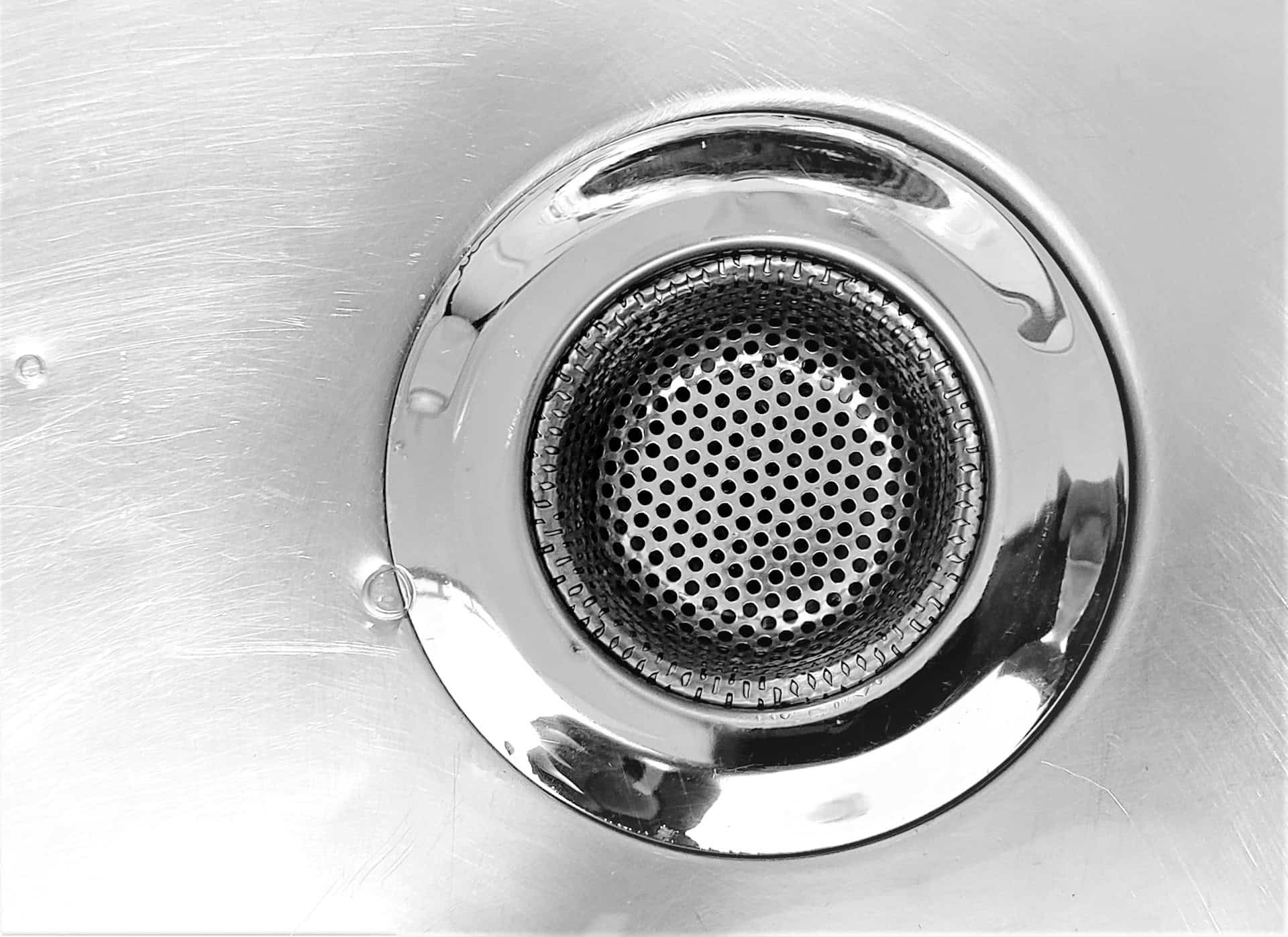
Question: What is the Minimum Drain Line for a Kitchen Sink?
Answer: The minimum drain line size for a kitchen sink is typically 1 1/2 inches in diameter. However, some local codes may allow for 1 1/4 inches for sinks without garbage disposals.
Understanding Kitchen Sink Drain Lines
A properly functioning kitchen sink drain is essential for a clean and efficient kitchen. This requires the correct drain line size. Selecting the right drain line ensures efficient water flow and prevents clogs. A too-small drain line can lead to slow drainage and backups. This article explains the minimum drain line size for a kitchen sink and factors influencing this choice.
Minimum Drain Line Size Requirements
Most building codes mandate a 1 1/2-inch diameter drain line for kitchen sinks. This size accommodates the typical water flow from a standard kitchen sink. While some older homes might have 1 1/4-inch drain lines, these are generally insufficient for modern appliances like dishwashers and garbage disposals. Upgrading to the standard 1 1/2-inch drain line offers better performance and reduces the risk of plumbing issues. A larger diameter, such as two inches, may be necessary for sinks with multiple basins or high-volume use.
Click here for more information on refacing kitchen cabinet doors Toronto
Related Article: Can a Kitchen Sink And Toilet Share a Drain?
Related Article: Are Kitchen Faucet Holes Universal?
Materials for Kitchen Sink Drain Lines
Plumbing codes generally allow several materials for kitchen sink drain lines. The most common material is polyvinyl chloride (PVC). PVC is durable, cost-effective, and easy to install. Another option is acrylonitrile butadiene styrene (ABS) pipe, which offers similar advantages to PVC. For older homes, cast iron pipes might be present, although these are less common in new construction due to their weight and susceptibility to corrosion.
Related Article: What is the Best Sealant for Kitchen Sink Drains?
Related Article: How Far Can a Kitchen Sink Drain Run Horizontally?
Related Article: Is Plumbers Putty or Silicone Better for Kitchen Sink Drains?
Installation Best Practices
Proper installation of the drain line is crucial for optimal performance. Ensure the drain line has a sufficient slope to facilitate proper drainage. Too little slope can lead to standing water, while too much slope can allow water to drain too quickly, leaving behind solid waste. Secure all connections tightly to prevent leaks. Support the drain line adequately with straps or hangers to prevent sagging, which can disrupt water flow.
Related Article: What is the Proper Slope for a Kitchen Sink Drain?
Related Article: Can I Use a 1 1/2 Drain for a Kitchen Sink?
Maintaining Your Kitchen Sink Drain
Regular maintenance can prevent clogs and ensure the longevity of your kitchen sink drain. Avoid pouring grease down the drain, as it can solidify and cause blockages. Use a strainer to catch food particles and debris before they enter the drain. Periodically flush the drain with hot water to help remove any accumulated buildup. Consider using a natural drain cleaner, such as baking soda and vinegar, to help keep the drain clear.
Conclusion
Choosing the correct drain line size for your kitchen sink ensures efficient drainage and prevents plumbing problems. The standard minimum size is 1 1/2 inches, but several factors, including the number of connected fixtures, local plumbing codes, and the configuration of your plumbing system, can influence this choice. Proper installation and regular maintenance are essential for a well-functioning kitchen sink drain. By understanding these factors, you can make informed decisions about your kitchen plumbing and enjoy a trouble-free kitchen sink. [ 1 ]
References
1. https://www.plbg.com/forum/read.php?1,207982

Blue Malue Get in touch with Blue here.
